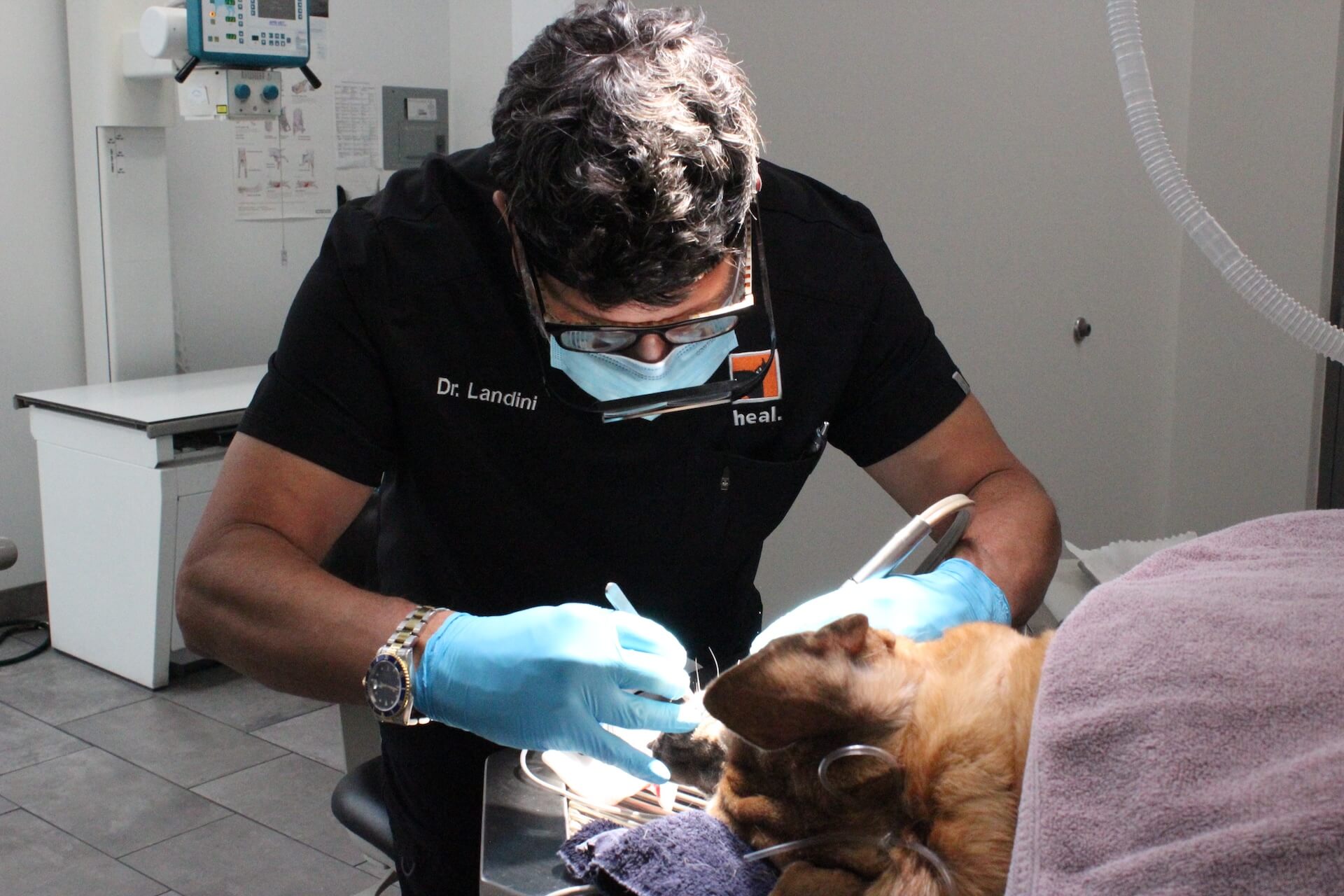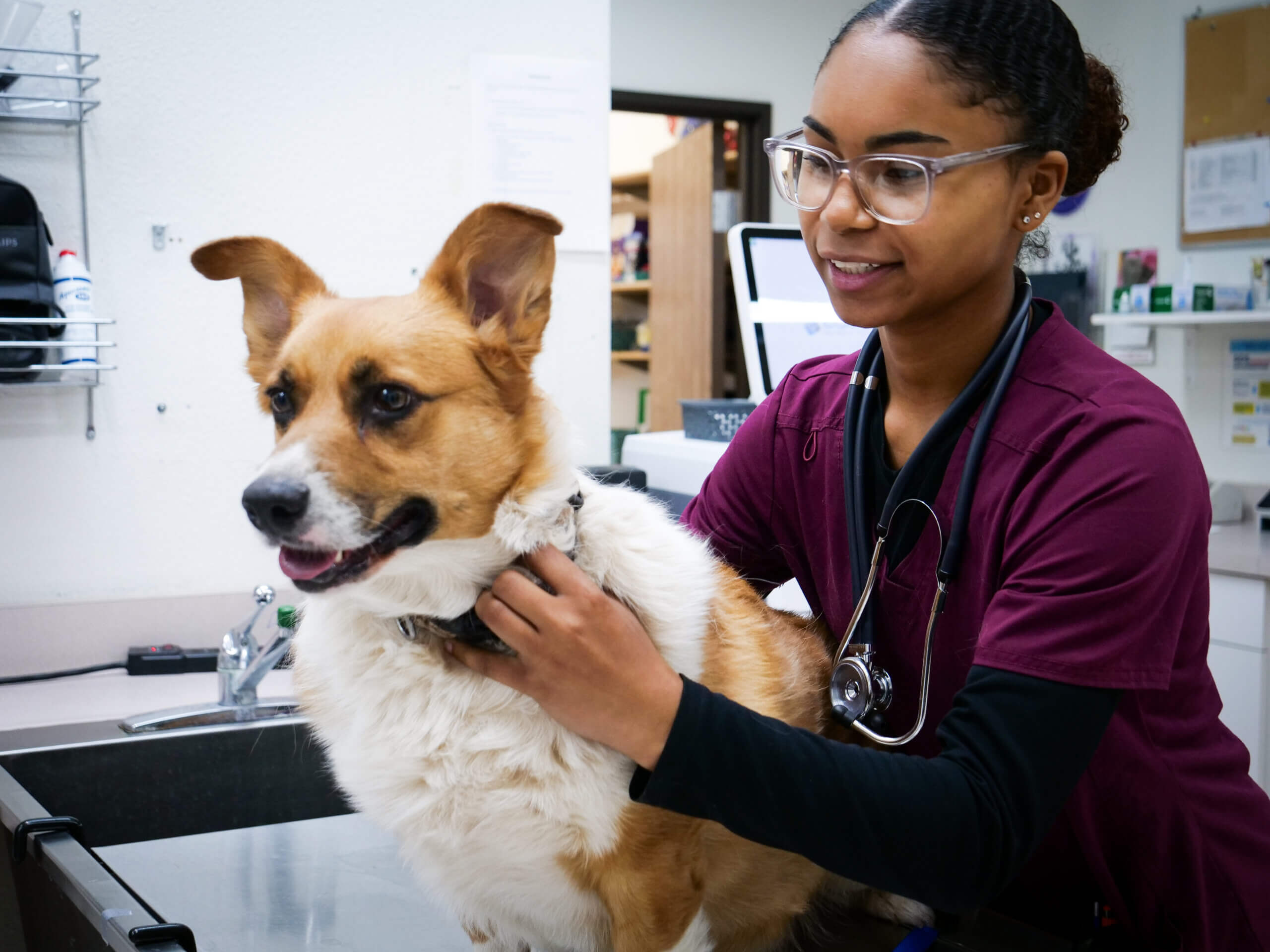Top Mistakes to Avoid Before, During, and After tplo surgery
Top Mistakes to Avoid Before, During, and After tplo surgery
Blog Article
All Concerning Vet Surgical Treatment: Understanding the Significance of Specialist Take Care Of Your Pet dogs
Vet surgical procedure is a critical element of animal healthcare. It incorporates different treatments, from regular elective surgical treatments to urgent treatments. Recognizing the details of these surgical procedures can help animal owners make informed decisions. The preparation, execution, and recuperation stages are vital for guaranteeing the wellness of pets. With appropriate knowledge, owners can browse the intricacies of veterinary treatment. What variables should be considered before a pet undertakes surgical procedure?
Sorts Of Veterinarian Surgeries
When an animal requires medical treatment, understanding the numerous types of vet surgical procedures can help pet dog proprietors make educated decisions. Vet surgical treatments can be generally classified right into three major kinds: optional, urgent, and emergency surgeries. Optional surgical procedures, such as spaying or neutering, are intended treatments that are not quickly lethal. Urgent surgical procedures, like those for international body removal, need to be done soon but are not dangerous in the moment. Emergency surgeries, such as those resolving severe injury or internal blood loss, are critical and require prompt attention.Additionally, surgical treatments can differ in complexity, ranging from minimally intrusive laparoscopic treatments to more substantial open surgeries. Each kind of surgery brings its very own threats and recuperation procedures. Understanding these classifications enables family pet proprietors to take part in significant discussions with veterinarians, causing better outcomes for their cherished family pets.
Getting ready for Your Pet's Surgical treatment
Getting ready for an animal's surgical treatment involves a detailed checklist to assure all fundamentals are covered. Reliable communication with the vet is vital for understanding the procedure and any kind of needed pre-operative actions - tplo surgery. Furthermore, having clear post-operative care instructions will aid proprietors provide the best assistance for their recouping animals
Pre-Surgery List Essentials
Ensuring a smooth medical experience for a pet dog needs cautious preparation and focus to information. A pre-surgery checklist is crucial for family pet owners to follow. Confirming the set up surgery day and time is essential. Proprietors ought to also verify that their family pet has fasted according to the vet's directions, normally for 8-12 hours prior to surgery. Collecting required clinical documents, consisting of inoculation background, is very important for the vet's review. It is additionally recommended to prepare a comfy area at home for the pet's recovery after surgery. Owners should have a plan for transportation to and from the veterinary facility, making certain that the pet is secure and comfortable throughout the trip. Following these actions can significantly improve the surgical experience.
Connecting With Your Vet

Effective interaction with the veterinarian is essential for a successful surgical experience for pets. Proprietors ought to be prepared to discuss their pet dog's clinical background, including any kind of pre-existing problems, drugs, and allergies. This info assists the veterinarian assess threats and customize the medical plan appropriately. Additionally, family pet owners should ask inquiries regarding the procedure, anesthesia, and expected outcomes to ensure they fully comprehend the procedure. Clearing up any uncertainties can reduce anxiety for both the animal and the proprietor. It is likewise important to connect any type of behavior changes or problems observed in the pet leading up to the surgical treatment. Ultimately, clear dialogue promotes depend on and partnership, guaranteeing that family pets receive the most effective possible care during their medical trip.
Post-Operative Care Instructions
After discussing the procedure with the veterinarian, family pet owners need to concentrate on post-operative care directions to promote a smooth healing for their animals. These directions typically consist of monitoring the surgical website for indicators of infection, such as redness or discharge. Animals may require to be kept one's cool and confined to avoid extreme motion that can interrupt healing. Pain monitoring is vital, so proprietors need to comply with the veterinarian's advice on administering medications. In addition, nutritional limitations might be advised to avoid intestinal upset. Normal follow-up consultations are very important to guarantee correct healing and attend to any kind of problems. By adhering to these post-operative care guidelines, pet proprietors can considerably contribute to their animal's healing and general wellness.
The Surgery Explained
The surgical process for family pets incorporates critical steps that ensure their safety and recovery. Pre-surgery preparations are essential for decreasing threats, while post-operative treatment guidelines play a crucial role in advertising healing. Understanding these elements helps animal proprietors navigate the medical experience better.
Pre-Surgery Preparations
Before a family pet goes through surgery, numerous crucial prep work must take area to ensure a risk-free and successful treatment. An extensive vet exam is crucial to assess the pet's general wellness and identify any kind of prospective threats. This might include blood examinations, imaging, or other diagnostics. The veterinarian will likewise review anesthesia choices tailored to the family pet's particular requirements. In addition, family pet proprietors are typically advised to hold back food and water for a defined time before surgical treatment to decrease the danger of problems during anesthesia. It is very important for owners to supply a full case history, including any type of drugs or allergic reactions, making sure the medical group has all needed information. Proper communication and adherence to pre-surgery guidelines can greatly improve the outcome of the procedure.
Post-Operative Care Guidelines
Appropriate post-operative treatment is essential for guaranteeing a pet's healing adhering to surgery. After the treatment, family pets need to be kept an eye on very closely for any kind of signs of issues, such as excessive bleeding, swelling, or uncommon behavior. It is necessary to click resources follow the vet's guidelines pertaining to medicines, consisting of painkiller and antibiotics. Family pets must be maintained in a peaceful, comfortable environment to decrease tension and advertise healing. Limiting activity is important; short, leashed strolls may be necessary, but leaping or running must be prevented. Normal follow-up consultations ought to be set up to evaluate the healing procedure. Additionally, the medical site should be maintained clean and completely dry, with any kind of signs of infection reported to a veterinarian quickly. Sticking to these standards enhances recuperation results.
Anesthesia and Pain Monitoring
Reliable anesthetic and discomfort administration are essential components of veterinary surgery, making sure that pets remain comfortable and secure throughout the treatment. Veterinarians assess each pet dog's specific needs, taking right into account elements such as age, weight, wellness standing, and the sort of surgical treatment being performed.Anesthesia methods commonly include a combination of pre-anesthetic medications, induction agents, and inhalant anesthetics, enabling specific control over the animal's level of consciousness. Monitoring during surgery is important; vets constantly observe essential signs to address any kind of prospective issues promptly.Pain monitoring techniques may entail opioids, non-steroidal anti-inflammatory medicines (NSAIDs), and regional anesthetics, tailored to the pet's particular situation. This complex strategy assists lessen pain and advertises a smoother medical experience. By prioritizing efficient anesthesia and pain monitoring, vet professionals improve the overall welfare of family pets going through surgeries, guaranteeing they obtain the highest requirement of care.
Post-Operative Treatment and Healing
Complying with surgical procedure, the emphasis changes to post-operative care and recuperation, which is crucial for guaranteeing a pet dog's risk-free go back to regular tasks. Throughout this period, animals call for a peaceful, comfy setting to help recovery. Proprietors need to closely check their pets for any kind of signs of pain or uncommon behavior.Veterinary guidelines frequently include specific directions connected to drug administration, wound care, and dietary adjustments. It is vital to comply with these suggestions to decrease problems and advertise recovery. Pets may require to be limited from strenuous tasks, such as running or jumping, throughout their healing period (canine tplo surgery).Regular follow-up consultations with the vet enable surveillance of the pet's progression and prompt modifications to the care strategy. Giving psychological support and friendship can additionally enhance an animal's healing experience, helping to relieve tension and anxiety. On the whole, thorough post-operative care plays a considerable role in achieving a successful healing
Acknowledging Difficulties After Surgical Procedure
Just how can pet dog proprietors recognize complications after surgery? Awareness of particular indicators is essential for making certain the health of pets during recuperation. Common indicators include excessive swelling, inflammation, or discharge at the medical site, which might learn the facts here now represent infection. Additionally, relentless discomfort, shown by grumbling or reluctance to relocate, should prompt immediate interest. Modifications in cravings or water consumption can likewise show problems; a decline in these habits might signal pain or distress.Moreover, animal proprietors need to check their family pets for any kind of uncommon behavior, such as sleepiness or problem breathing, as these can be indicators of major concerns. Throwing up or diarrhea adhering to surgical treatment may call for immediate vet assessment. Identifying these difficulties early can considerably affect a pet dog's healing process, highlighting the relevance of alertness and punctual interaction with a veterinarian for any type of worrying symptoms.
The Duty of Veterinary Experts in Surgical Treatment
Vet professionals play a crucial duty in ensuring the safety and success of procedures for pet dogs, specifically following surgery when monitoring and treatment are extremely important. These professionals include veterinarians, vet service technicians, and support staff, every one of whom contribute specialized skills to the surgical process.Before surgical procedure, vets perform comprehensive examinations to analyze the animal's health, making certain that any type of underlying problems are handled. Throughout the procedure, the surgical group provides anesthetic, keeps clean and sterile environments, and checks crucial indicators, all essential for minimizing risks.Post-operative treatment is equally considerable; veterinary professionals observe for issues, handle pain, and overview owners on healing techniques. Their expertise enables them to recognize early indicators of distress or infection, making sure timely treatment. Ultimately, the joint efforts of vet experts in surgical care foster a secure atmosphere, promoting the well-being of family pets throughout the medical journey.

Frequently Asked Concerns
How Do I Pick the Right Veterinary Doctor for My Family pet?
Selecting the right veterinary surgeon entails looking into qualifications, reviewing testimonials, and assessing the clinic's setting. It is vital to review the cosmetic surgeon's experience with particular procedures and their communication style when making a decision.
What Are Typical Misconceptions About Vet Surgeries?
Usual misconceptions regarding veterinarian surgical procedures consist of ideas that they are constantly dangerous, unneeded, or for emergencies. Lots of animal proprietors take too lightly the advantages of precautionary treatments and the skill associated with veterinary surgical treatment.
Exactly How Much Will My Pet's Surgery Cost?
The expense of an animal's surgery can differ significantly based upon factors such as the sort of procedure, the vet's experience, and geographical place (canine tplo surgery). Normally, expenses range from a few hundred to several thousand bucks

Can My Pet Eat Before Surgery?
Prior to surgical procedure, it is typically suggested that pet dogs avoid eating for a details period. This fasting helps in reducing the danger of problems during anesthetic. Owners must consult their vet for accurate instructions customized to their pet dog's needs.
Suppose My Pet Has Pre-Existing Health Issues?
When a pet has pre-existing health and wellness conditions, it's vital for the i thought about this veterinarian to evaluate these elements before surgical treatment. This evaluation assurances ideal safety measures are taken, decreasing risks and maximizing the animal's general security throughout the treatment.
Report this page